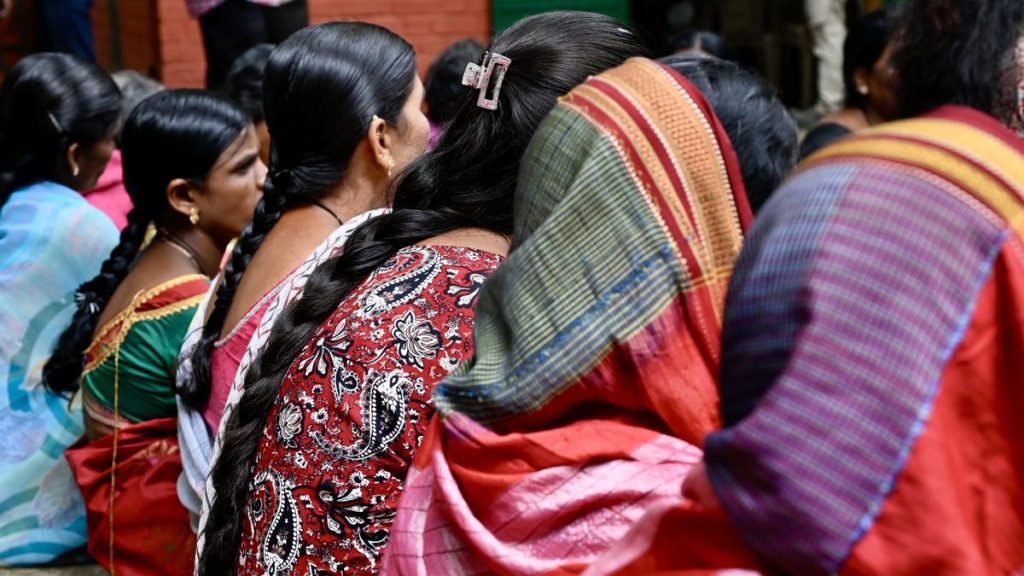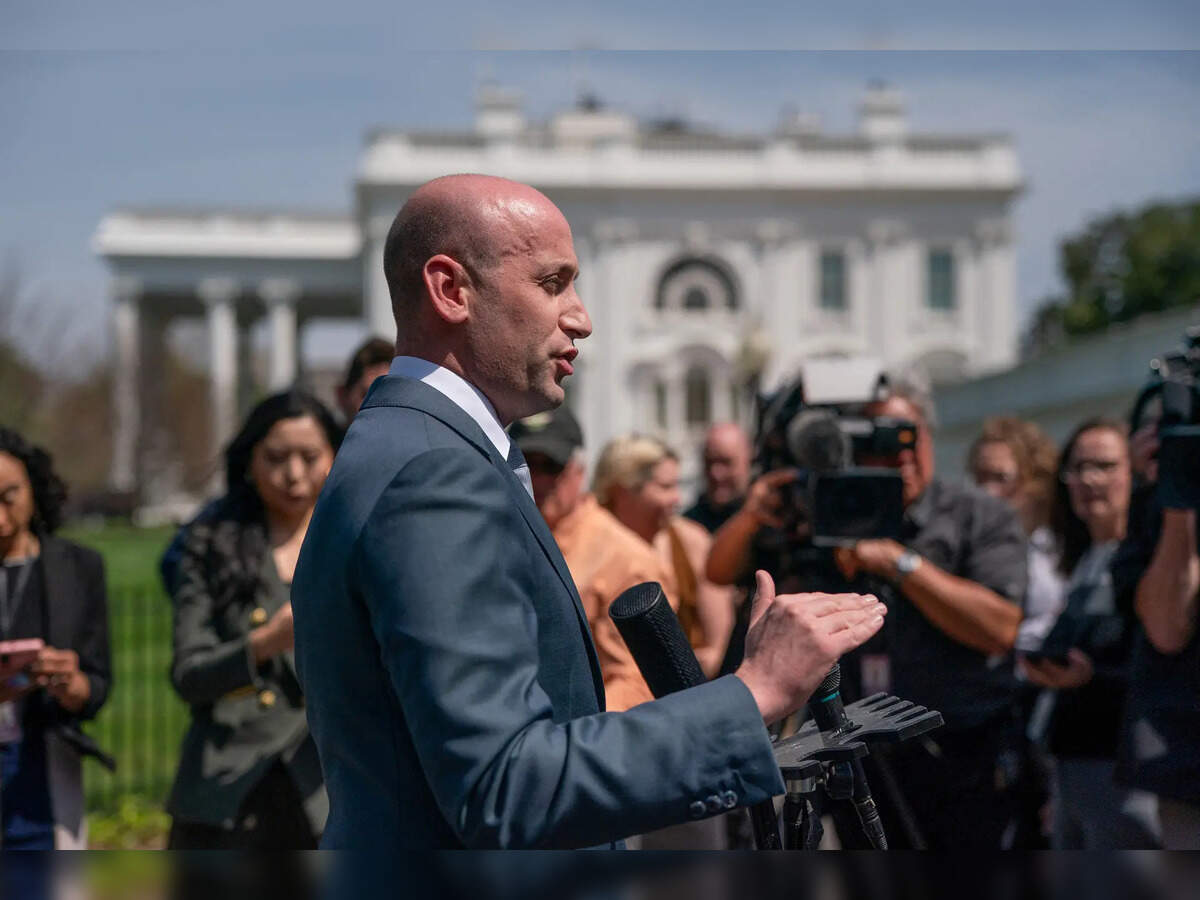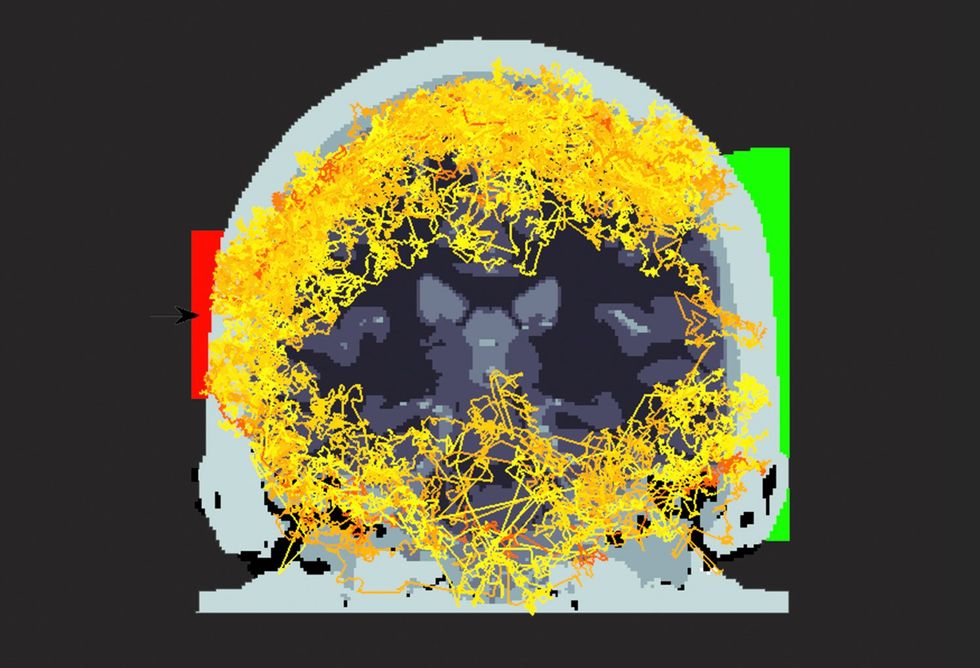Now Reading: Only 15% of PMKVY Trainees Secure Employment
-
01
Only 15% of PMKVY Trainees Secure Employment
Only 15% of PMKVY Trainees Secure Employment

Rapid Summary
- Less than 15% of the 1.6 crore candidates trained under the Pradhan Mantri Kaushal Vikas Yojana (PMKVY) as 2015 have secured job placements, amounting to 24.3 lakh beneficiaries.
- Placement tracking was conducted during earlier phases (2015-2022),but PMKVY 4.0 emphasizes diversified career outcomes including self-employment and entrepreneurship.
- Platforms such as Skill India Digital Hub and events like Rozgar Melas are designed to connect job seekers with employers and apprenticeships under PMKVY 4.0.
- Of the certified candidates in Short-Term Training during earlier phases, only around 43% found employment (24.3 lakh out of 56.89 lakh).
- Recognizing a mismatch between training curricula and market demands, district-level skill gap studies and state-focused training programs have been initiated by the government.
- Financial aid linkages through Mudra Yojana (Rs 35.13 lakh crore sanctioned), PM Vishwakarma scheme (Rs 3,920 crore allocation), and other urban employment initiatives support skilling efforts.
- Tamil Nadu and Uttar Pradesh lead in training enrollments and loan disbursals for these programs.
- Regular monitoring, third-party evaluations, integration of on-the-job training mechanisms, National Credit Framework adoption for skills “creditisation,” and ongoing third-party assessments aim to improve program outcomes.
Indian Opinion Analysis
The low placement rates among PMKVY-trained youth indicate a significant challenge in linking skilling initiatives with tangible job market opportunities despite government interventions like skill gap studies and financial aid schemes like Mudra Yojana or vishwakarma programs. The redesign under PMKVY 4.0 toward incorporating self-employment reflects an acknowledgment of India’s evolving labor landscape where formal job availability remains constrained compared to workforce demand growth.
Efforts such as district-specific studies aim at regional tailoring but require sustained alignment between market needs, trained competencies, private sector partnerships, and institutional accountability for quality assurance across Training Centers via independent audits or regular tracking mechanisms hinted in strategic adaptations ongoing would-be scaling ajusteed evidence awaits clearer forthcoming evaluating rounds elaborate output Read More ample levels correct-link assured:% גctl.translates
























